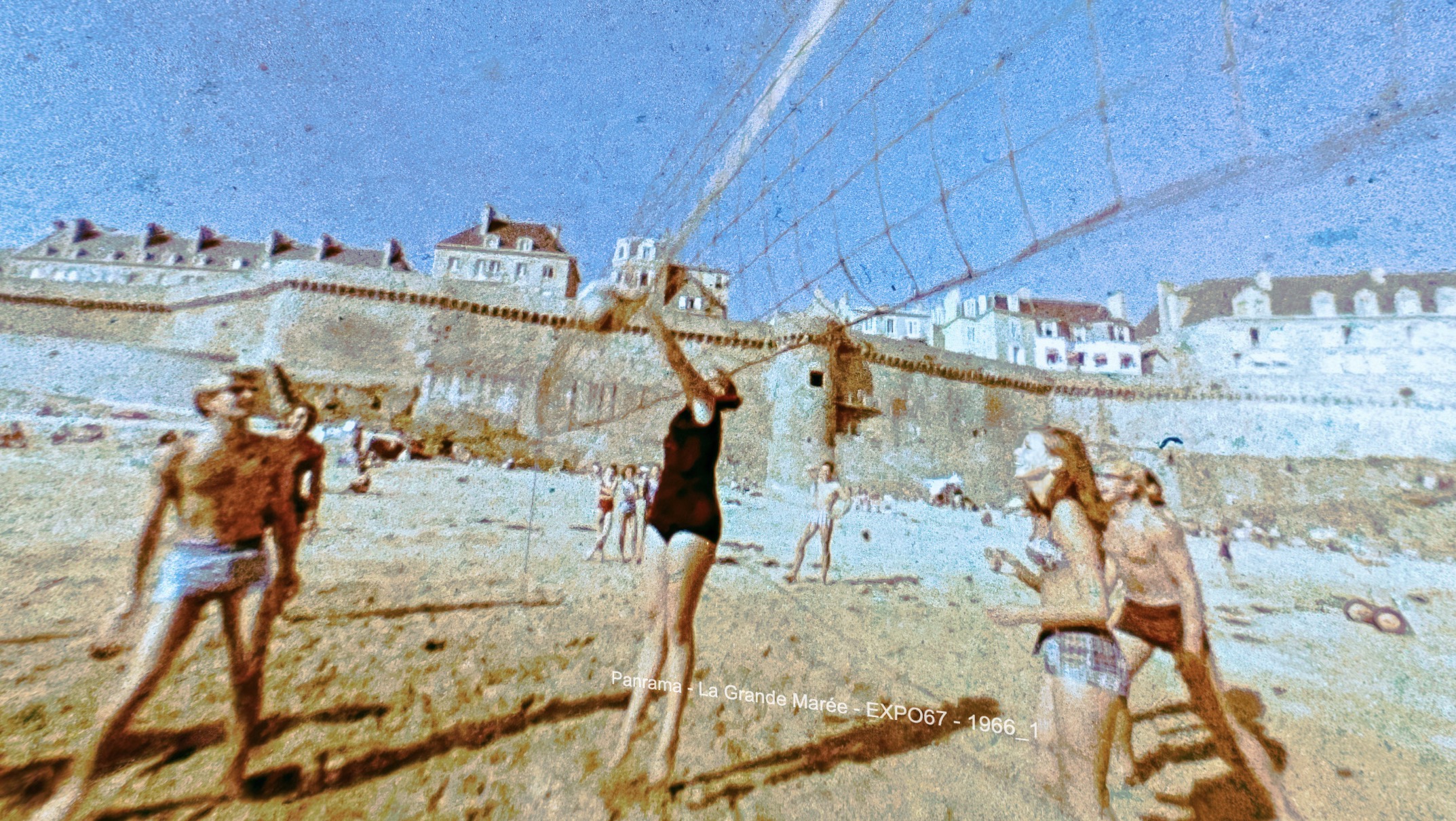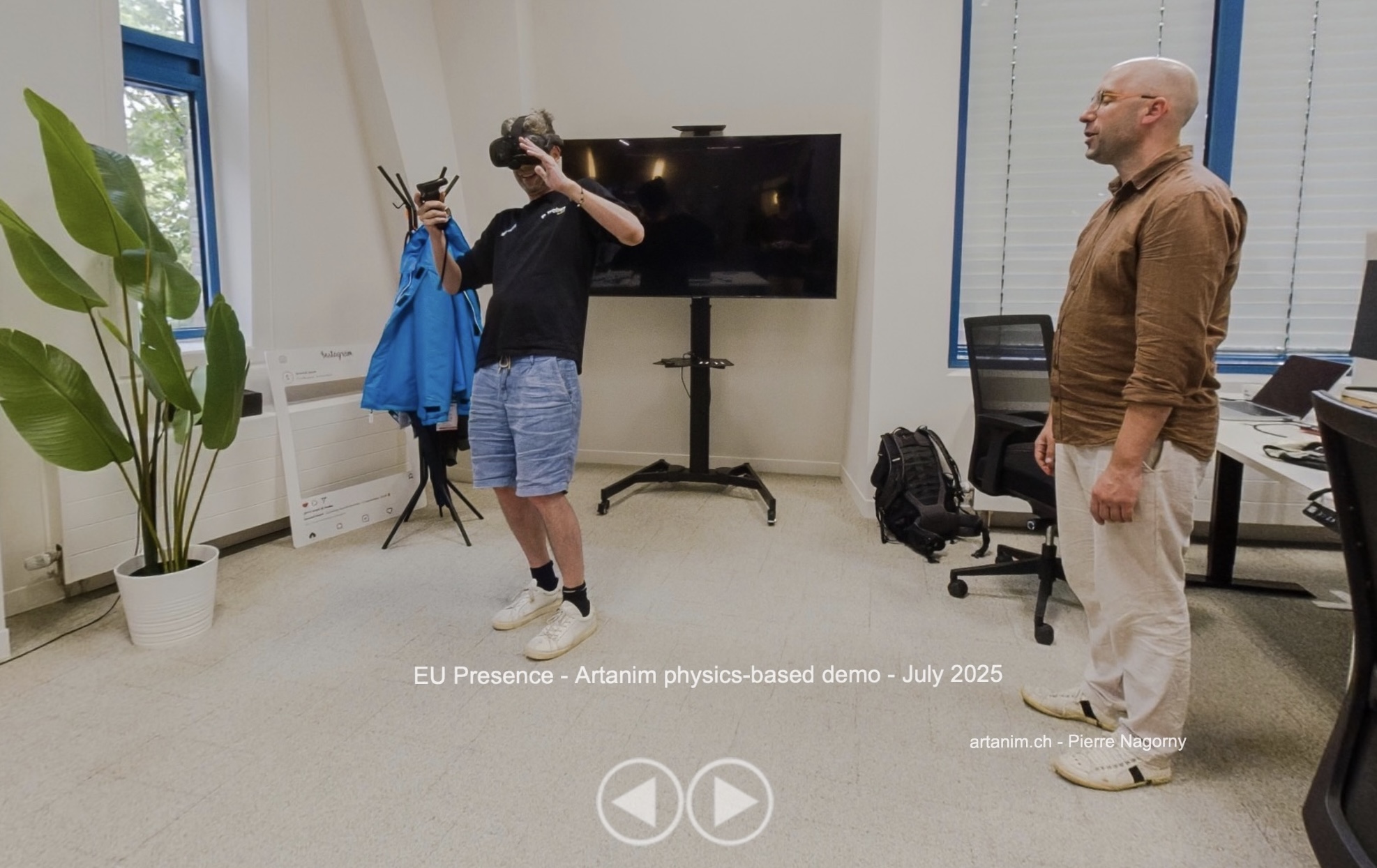On realistic motion design
Since twenty years, my father Fred Nagorny is a professor in animation cinema and motion design, at Gobelins, l’école de l’image. Before, he was a animator, animation studio director. In the late 80s, he contributed to the beginning of 3D computer animation with the Character module (most of it design principles were integrated in Softimage in 1994).
I had the chance to grow up in a animation temple. I played a lot with the Eiffel Tower 1:1500 scaled model, from the Imagina 1991 3D animation price. Animation movies and cartoons were everywhere, and realistic motion was the grail. I spent my childhood comparing the motion quality, and assessing that early Disney’s were better.
I also studied, like an animator, what makes a good motion. In fact, it seems simple: it is realistic physics. If you want to be a good animator, you must respect physics. Magic is then to subtitly accentuate motions to make the character live, emotionnaly, and THIS is the Art. But the key (and boring) part is to respect physics. This is what constraints artistical expression in animation cinema.

I am fond of robotics, hoping to understand and engineer intelligence, and robotkind’s. From discussions with my father, I think further work needs to be done on realistic motion for robotics. Actually, most robot motion feels artificial / robotics. This is mainly because the objective of robot motion is energy and heat efficiency, with speed and precision. There is no humanity here. No lively subtility.

Nowadays, motion capture has come to great capability, resolution, precision. But for realistic motion design, control law, dynamics, must be respected. Thus motion capture results should be filtered appropriately.
Others mechanics problem occurs: when you motion capture a human, to animate a geant. You must adjust inertia accordigly. Today, it is the human who tries to adjust his movements to mimic the geant. But his inertia never changed. This is why good animators are needed to clean the motion capture outcome.
We could probably do better with proper modeling and filtering.




